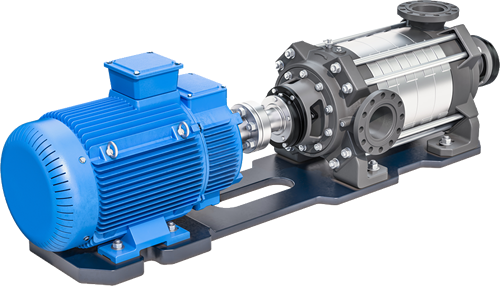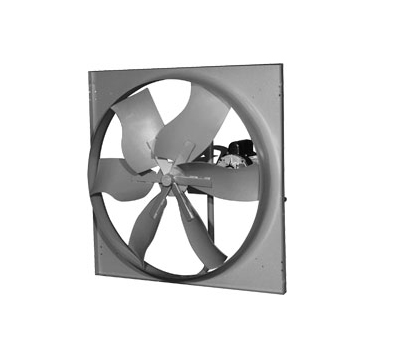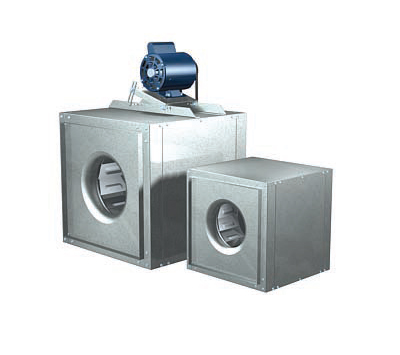
A Roof Fan is a type of fan that is installed on the roof of a building to provide ventilation. These fans are commonly used in commercial, institutional, and industrial settings. They are designed to move air out of the building, helping to maintain a comfortable and healthy indoor environment.
Roof Fans are available in a wide range of sizes and capacities, making them suitable for a variety of applications. They can be used for exhaust, supply, recirculation, filtration, and process applications. There are two main types of Roof Fans - direct drive, which are used where maintenance access is difficult, and belt drive, which allows adjustment of fan speed for system balancing.
Applications of Roof Fans
Roof Fans are versatile and can be used in a variety of applications. Here are some common uses:
Ventilation: Roof Fans are commonly used to provide ventilation in commercial and industrial buildings. They help to remove stale air, smoke, fumes, and other pollutants from the building, improving the indoor air quality.
Cooling :In hot climates or during the summer months, Roof Fans can be used to help cool down the building. By expelling hot air from the building, they can help to reduce the indoor temperature.
Moisture Control: In buildings where high levels of humidity are a concern, such as in industrial processes or in areas with high levels of human activity, Roof Fans can help to control moisture levels. By removing moist air from the building, they can help to prevent problems such as mold and mildew.
Odor Control:In buildings where odors are a concern, such as in restaurants or industrial facilities, Roof Fans can help to control odors. By expelling odorous air from the building, they can help to maintain a more pleasant indoor environment.
Roof Fan Service
When it comes to Roof Fan service, it is important to ensure that the fan is properly installed and maintained to ensure reliable operation. This may involve regular inspection and maintenance of the key components, such as the fan's bearings and seals. If a replacement Roof Fan is needed, it is important to select a fan that is designed to meet the specific needs of the application. This may involve selecting a fan with a specific flow rate or pressure rating, or selecting a fan that is compatible with the type of air being moved.
Proper Roof Fan maintenance involves following the manufacturer's recommended maintenance schedule, which may involve regular inspections, lubrication, and other routine maintenance tasks. It is also important to ensure that the Roof Fan is properly aligned and mounted, in order to prevent vibration and other issues that can lead to premature wear and damage.
If a Roof Fan repair is needed, it is important to work with a qualified service technician who has experience with this type of fan. The technician will be able to diagnose the issue and recommend the appropriate repair or replacement options.





































 Goulds
Goulds








